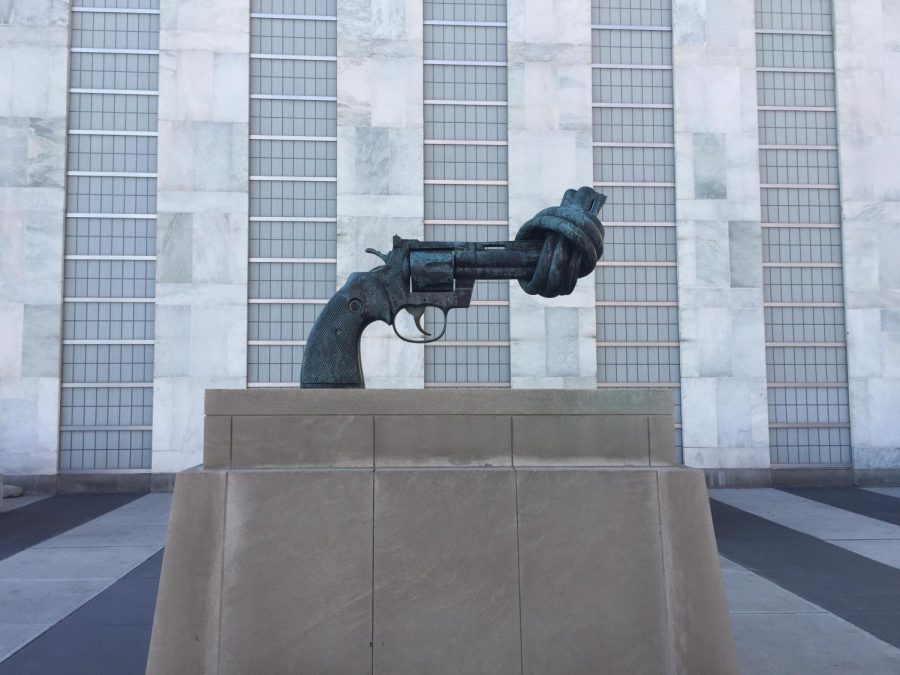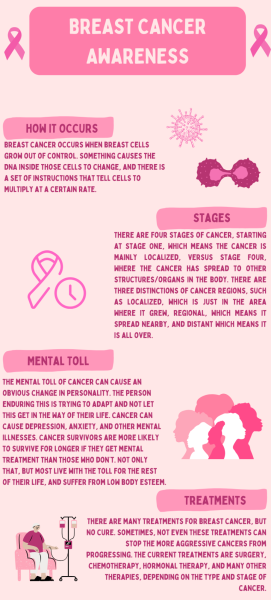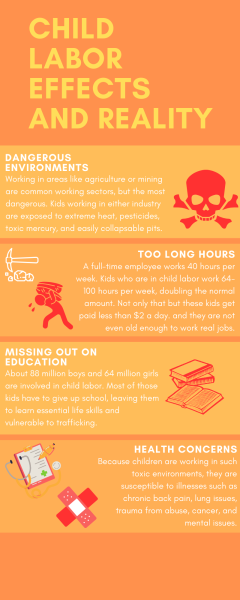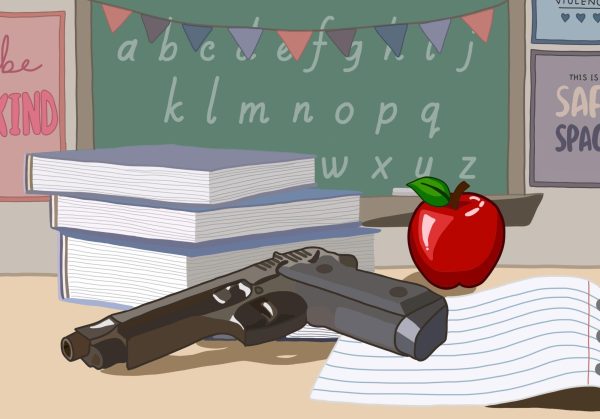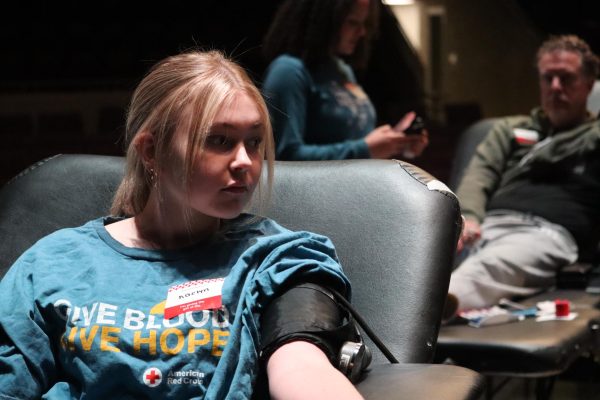Lack of Gun Control in the Age of Semiautomatic Weapons
In 1988, this statute, completed by Carl Fredrik Reuterswärd, was donated to the United Nations by the government of Luxembourg and is now a symbol of peace and hope across the world.
December 15, 2017
Five hundred and sixty dead. One thousand eight hundred ninety six injured. 331 days passed — and no federal action against the weapons that produce the majority of recent tragedies.
As of Nov. 30th, 2017, there have been 397 mass shootings across the United States. Defined by the Mass Shooting Tracker Organization as four or more individuals losing their life or being injured in a single incident, these incidents are unfortunately fervent throughout the country.
These staggering numbers affect people from every region of the nation and all walks of life — every age, every religion and every political party. Innocent bystanders become victims of gun violence in their schools, churches, concerts and any other seemingly normal location.
With the deadliest mass shooting in modern US history still fresh in the minds of many, now is as good a time as any to start the dialogue for reform.
Since 2004, there have been no federal bans on semiautomatic assault rifles, such as the AR-15’s found at Sandy Hook, San Bernardino, Sutherland Springs and many other recent tragedies.
States vary in their regulations and laws regarding high-capacity firearms, and only seven ban them outright. The Federal Assault Weapons Ban, narrowly implemented by President Clinton in 1994, expired a decade later after many court challenges arose based in the second amendment and personal liberties.
Bump-stocks, a modification that allows semiautomatic arms to practically perform as automatic weapons, and large-capacity ammunition magazines are also left untouched by federal bans. These firearms and modifications are commonly associated with modern mass shootings.
The Las Vegas gunman utilized 23 semiautomatic rifles and bump-stocks to create a machine gun-like weapon, allowing the shooter to kill 59 civilians and injure over 500 others. The Sutherland Springs murderer used an AR-15, killing 26 and injuring 20.
In an age where one semiautomatic weapon can murder dozens in a matter of minutes, personal liberties should never outweigh the safety of civilians.
Stricter gun laws must be passed through a seemingly-oblivious, gridlocked, NRA sponsored Congress. Regulations and stronger background checks are imperative to put an end to gun violence.
While hunting rifles and small handguns do serve practical uses and are perfectly acceptable for regulated ownership, semiautomatic assault rifles have no logical place in the hands of civilians.
The United States has continuously avoided efforts to curtail the use of dangerous firearms and increase regulation of their sale. From UN protocols to failed federal weapon bans, efforts for stricter gun control and background checks are almost a lost cause.
Almost.
Firearm regulations in the United States are often compared to those of other industrialized nations — and for good reason. Mass shootings occur almost every day in the United States. Australia, however, has not experienced a mass killing related to gun violence since 1996.
The difference?
Stricter gun control and a buyback program implemented by the National Agreement on Firearms. This mandate banned automatic and semiautomatic rifles, required citizens to demonstrate “genuine need” to obtain licenses and bought back more than 650,000 assault weapons from the streets.
It was incredibly effective and could easily serve as a model for reform in the US. All it took was a massacre killing 35 and injuring 23 others at Port Arthur to obtain this legislation.
For the United States, 555 people dying this year alone must not be enough to change.
The effectiveness of legislation, often questioned by conservative critiques, can be monitored only after any effort is put forth to ban these increasingly lethal weapons in the first place. The Federal Assault Weapons Ban of Australia could effortlessly translate to US legislation, creating a safer environment for families across the nation.
Semiautomatic weapons are not safe. Period.
There is no justifiable reason for a civilian to posses a weapon with such extreme capabilities, self-defense be damned. When the safety of the majority is at stake, a gun-wielding individual can easily be more harmful than helpful.
The “good guy with the gun” argument can no longer sustain the facade of security from one with a concealed weapon. “Thoughts and prayers” will not prevent further tragedies — only revitalized legislation and public involvement can combat the terrorism these weapons have the capability to produce.
Now more than ever, Republicans and Democrats must put aside their differences to unite against the greater evil — gun violence and mental health issues in the age of lethal firearms, starting with a seemingly obvious first step: removing semiautomatic weapons from the hands of civilians once and for all.

